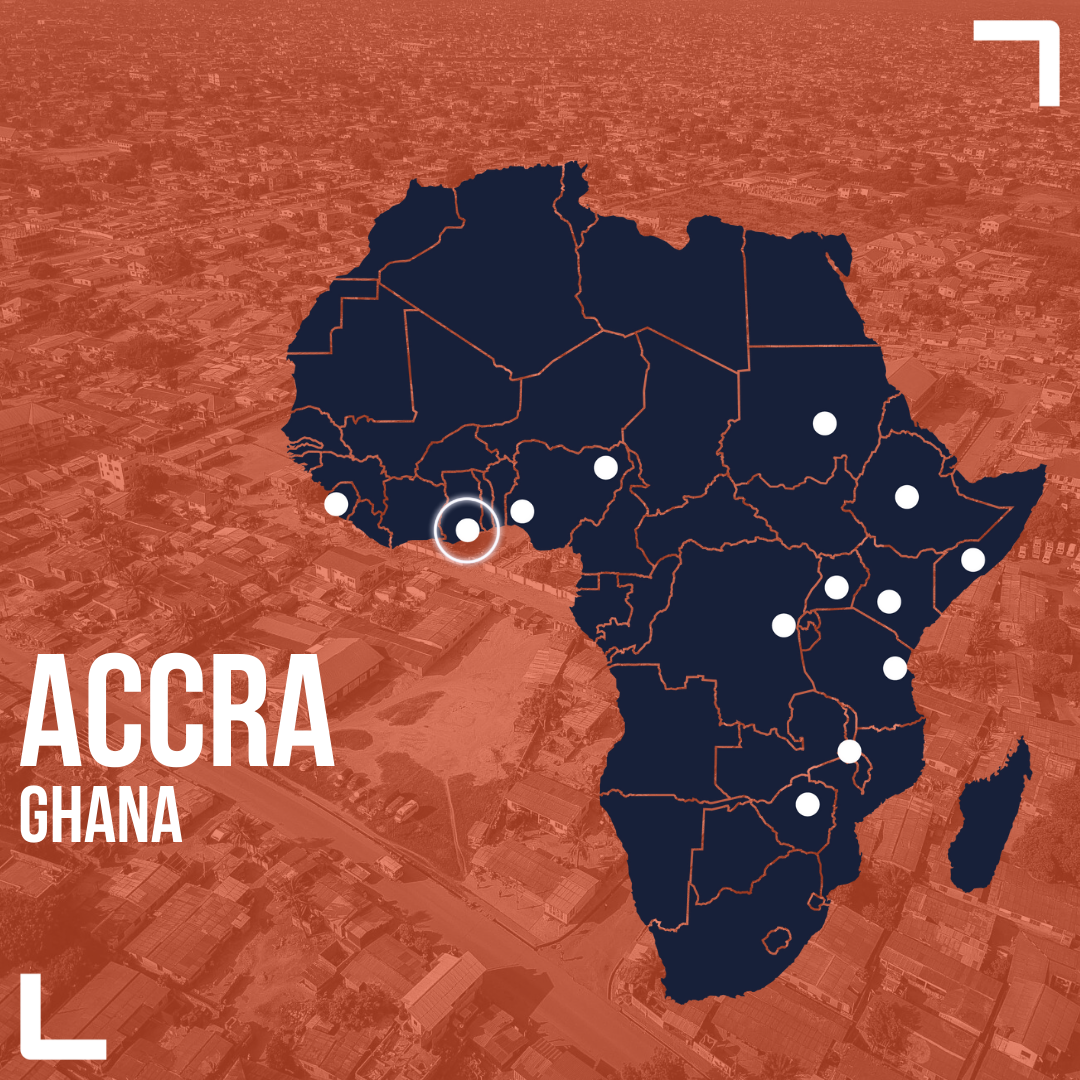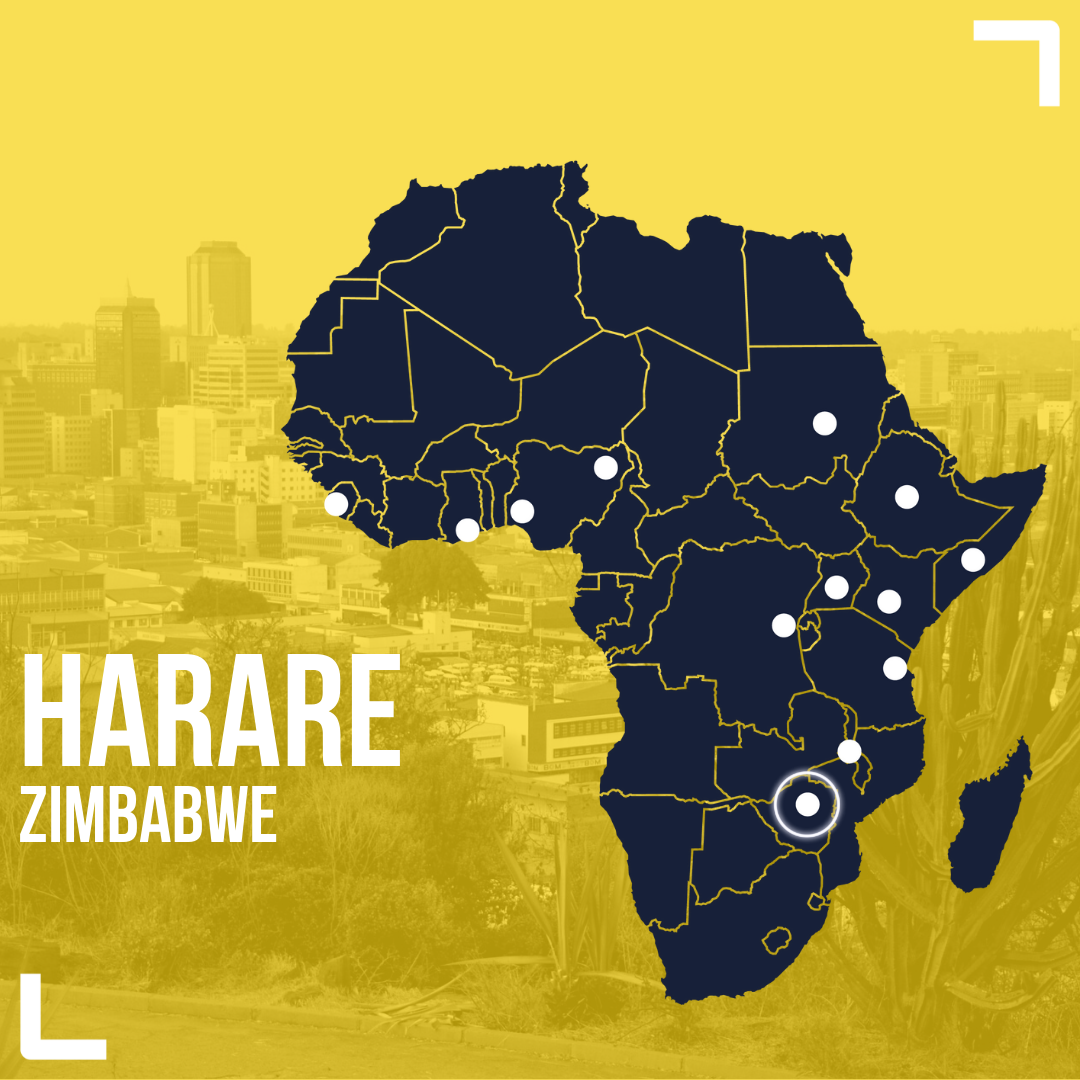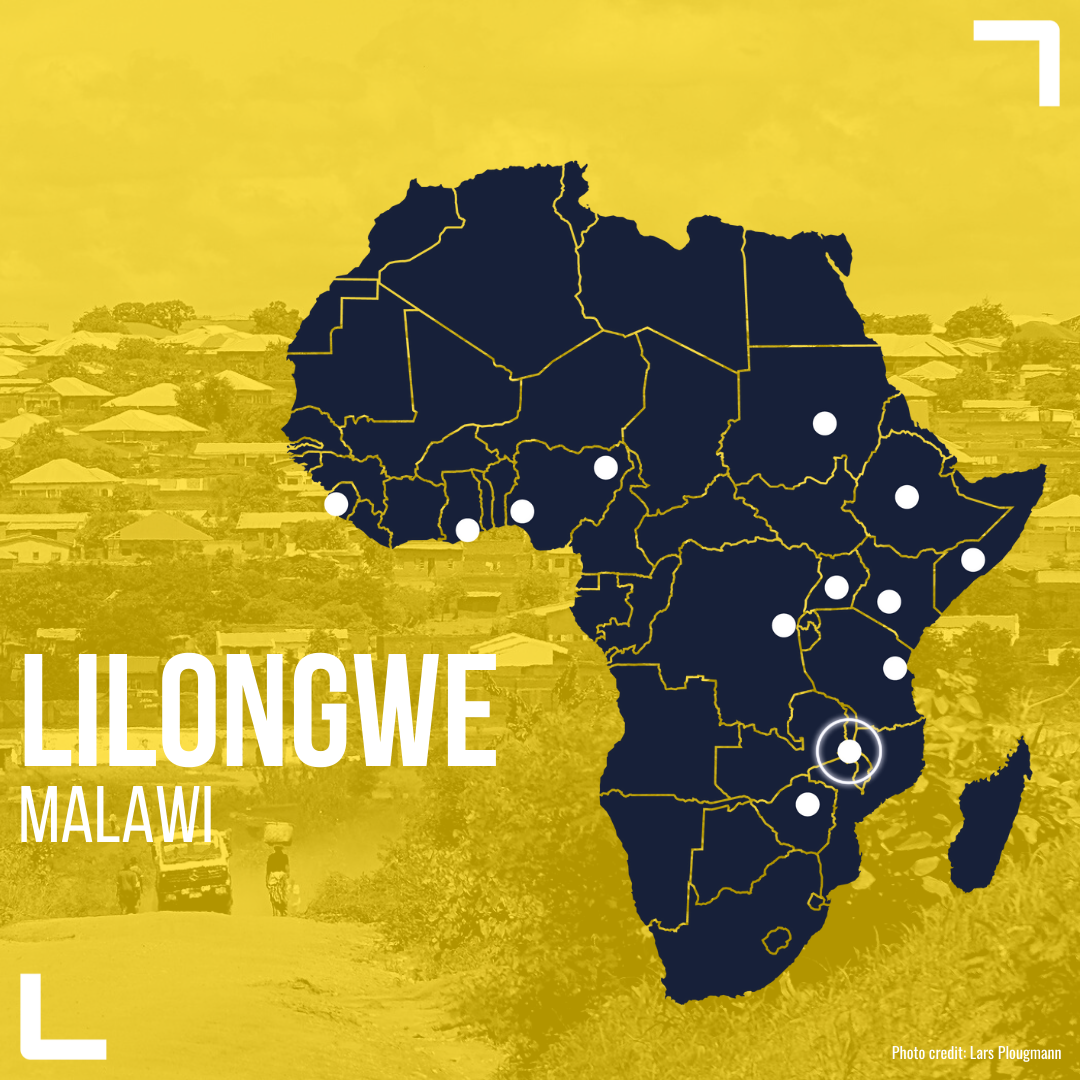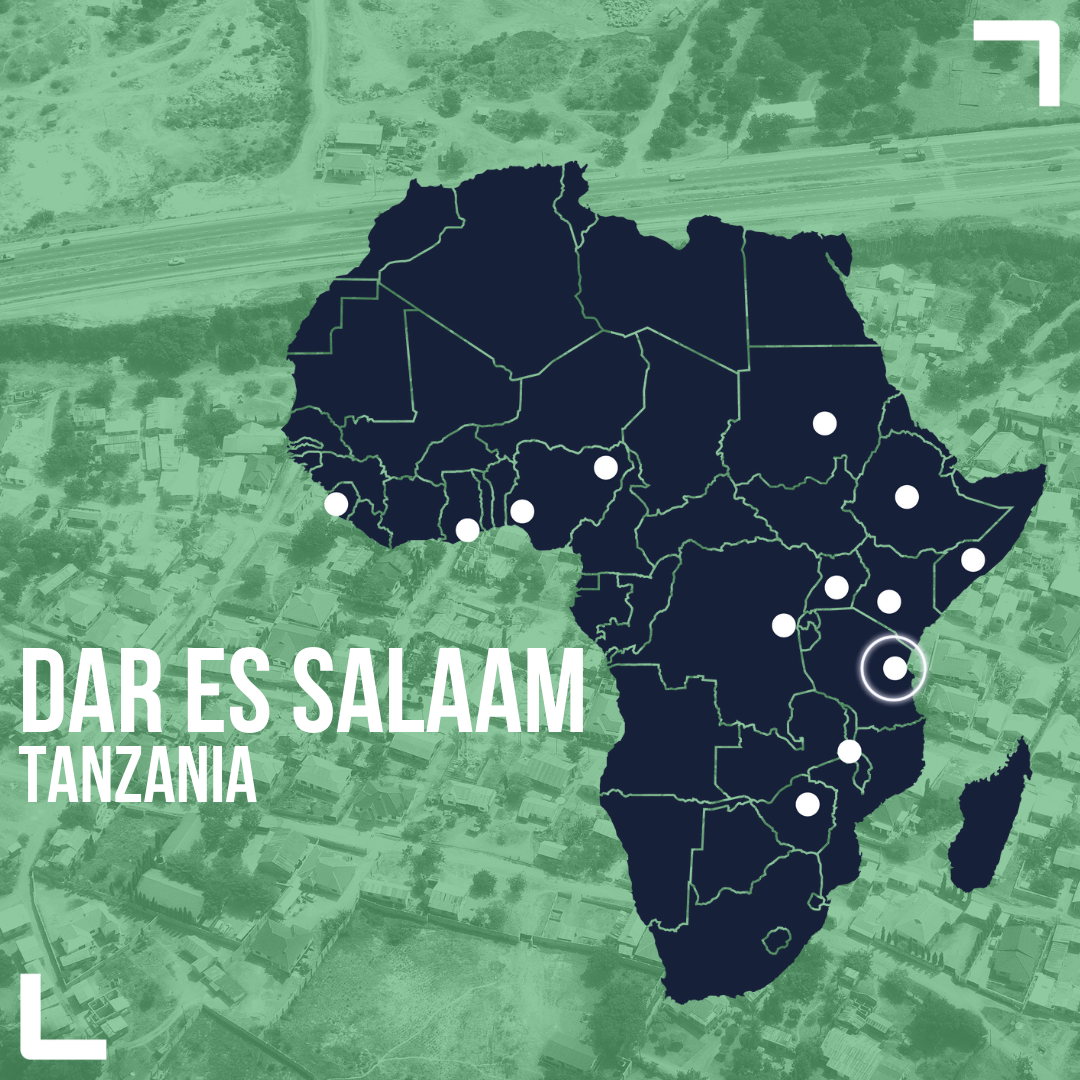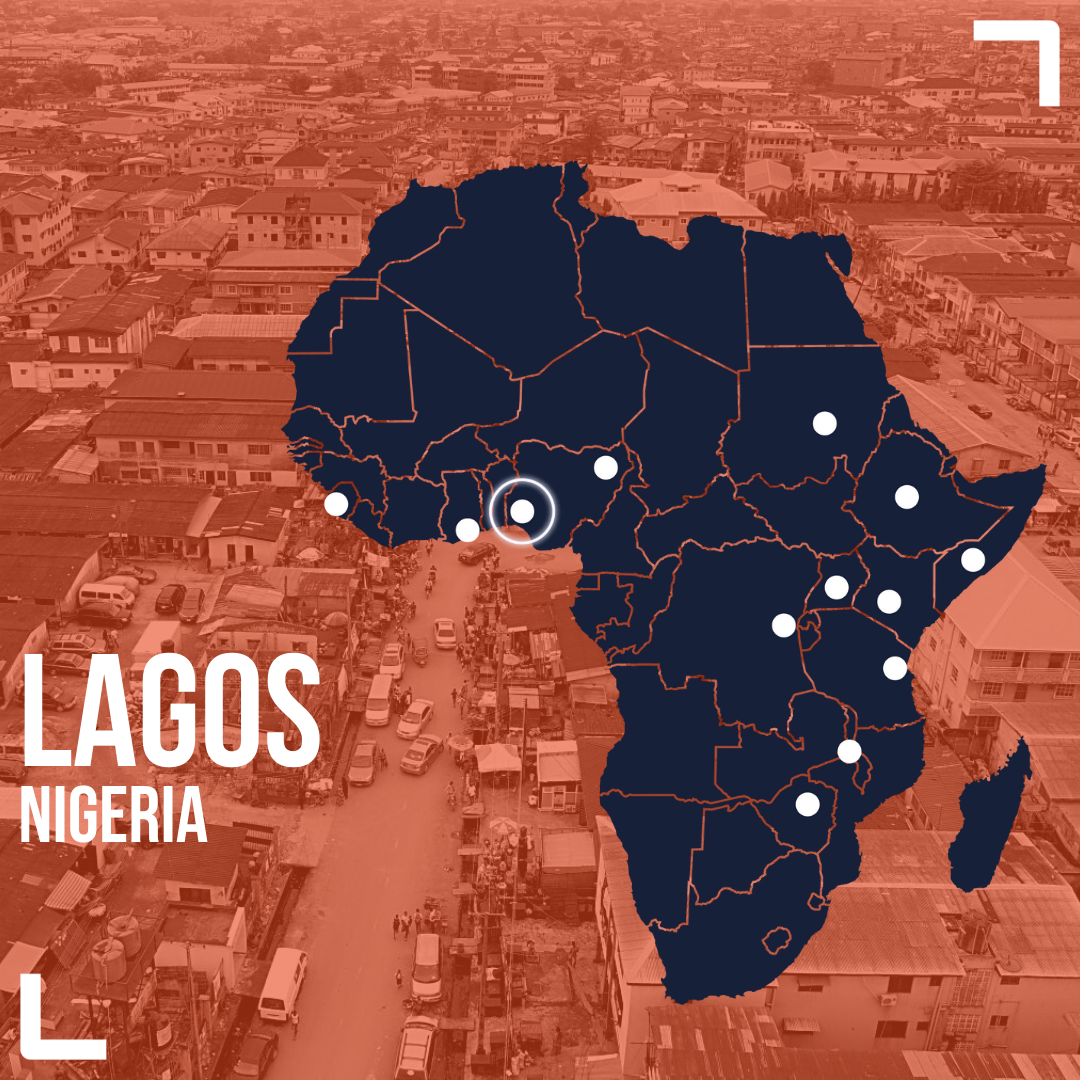Neighbourhood and district economic development
The majority of African urban residents live and work in informal settlements, engaged in small-scale, often home-based economic activities. Earnings from these activities are typically low and precarious, with informal moneylenders providing vital services to residents, but usually on exploitative terms.
Some residents work beyond their neighbourhood, through their own microenterprises or employed by larger businesses, which tend to be more stable, regularised and with better established markets. However, due to unreliable infrastructure services and limited benefits of co-location in African cities, there are few such firms, so their contribution to poverty reduction and structural transformation is limited.
Looking through ACRC’s political economy lens, neighbourhood and district economic development reflects the distribution of economic and land rent in the local economy. City systems need to be mobilised so that enterprises can function smoothly. The living standards of the urban poor in these neighbourhoods could therefore be improved by strengthening city economies, generating “decent work” opportunities and boosting entrepreneurial skills. This involves a wide range of key actors, including economic development agencies, business/trade associations, informal business networks, trade unions and other labour organisations, and local politicians.
Within the neighbourhood and district economic development domain, we are focusing on the following cities:
LATEST NEWS from ACRC
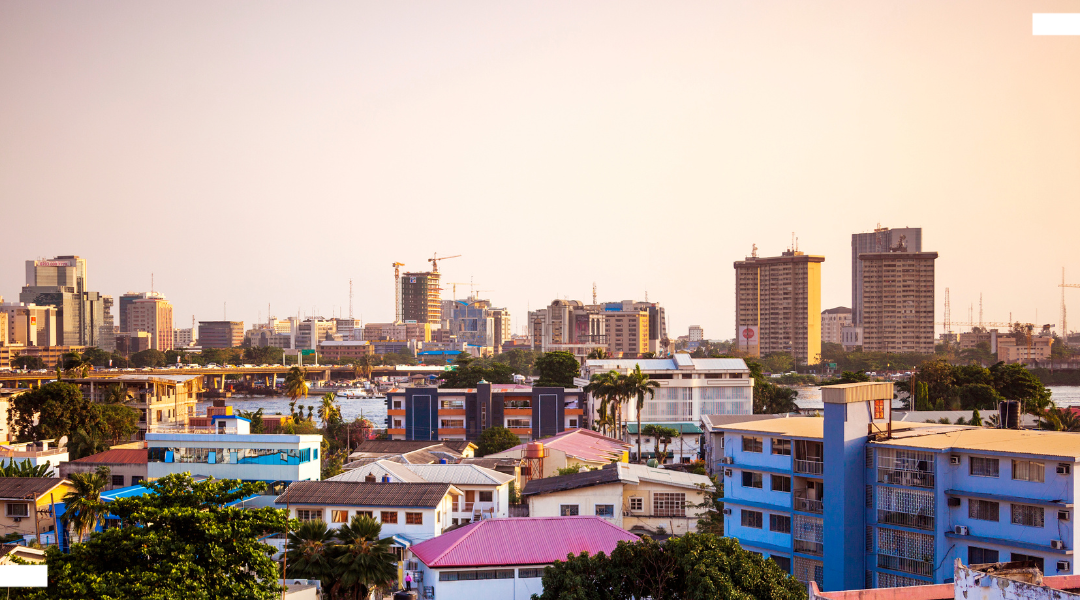
Equity and digitisation in the property tax system in Lagos: A win-win for all?
Equitable taxation is about building fairer systems which align with a much-needed path to inclusive urban development. The Lagos property tax system can be improved to facilitate a win-win for all urban residents.

Tackling Freetown’s kush epidemic through action research
Kush is a type of synthetic drug that is widely used by young people in Sierra Leone, especially in the informal settlements of Freetown. It is inexpensive and readily available, making it highly accessible to unemployed and marginalised youth. Its use is associated with a range of harmful effects, including extreme sedation, organ damage and mental health complications.
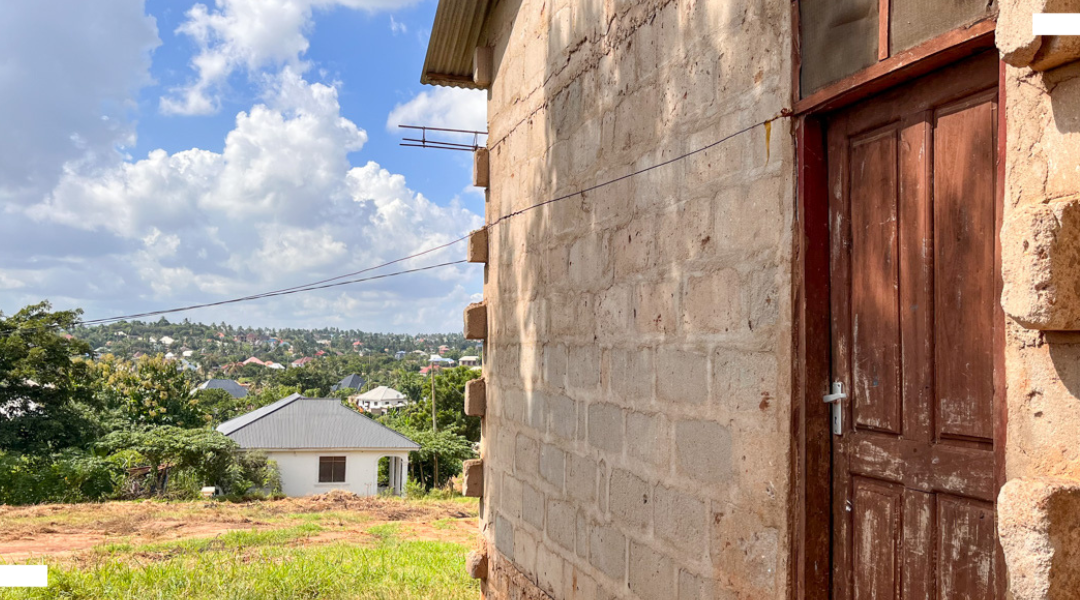
Podcast: Unpacking housing challenges in African cities
ACRC’s housing domain co-leads Alexandre Apsan Frediani and Ola Uduku join Diana Mitlin for a conversation around housing justice in African cities, drawing on insights from the seven cities studied in their report: Accra, Addis Ababa, Dar es Salaam, Freetown, Lagos, Lilongwe and Nairobi.

